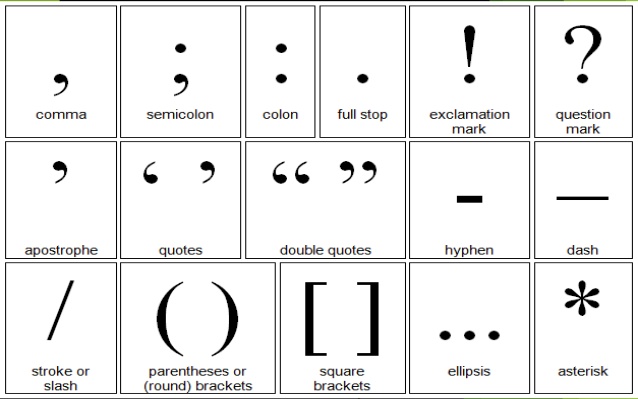Getting to Know Your Punctuation Marks
 Article Written by : PJ Golds
Article Written by : PJ Golds
Have you ever read a written material and just couldn’t figure out the mood it carried? Or have you ever been sent an email that infuriated you because it sounded arrogant and questioning, with countless alternating exclamation and question marks? Or were you stuck somewhere in a sentence, not knowing the exact point, because the commas were misplaced? It’s sad, but no matter how well you can put magic into words, they will only be futile if you cannot punctuate them properly.
In spoken language, we raise our voice when we are surprised or angry. Our tone rises towards the end when we ask a yes/no question. We have short pauses between phrases or group of words, and longer pauses between complete sentences. When writing, however, it is more challenging to communicate these pauses and emotions. Thus punctuation marks make our lives easier.
Here’s a tip: In professional writing, such as in contracts, research papers and formal articles, exclamation points (!) must never be used. This is because these types of materials are supposed to be devoid of emotion, because they are objective. You don’t say “Chlorophyll gives the green color in plants!” unless you’d like to project that you were surprised about this fact.
Also, what’s the deal with commas? Commas are used to separate items in a series. They are also used to separate phrases in sentences. If you were reading aloud, it would warrant a short pause. Where you place the comma can change the meaning of a sentence. For example: “My sister, Chloe, and Nathan went to the party” means you’re talking about 3 people. But “My sister Chloe, and Nathan, went to the party” means you are referring to 2.
Do your research if you’re not sure how to use symbols, and make your written materials more appropriate by using them.
